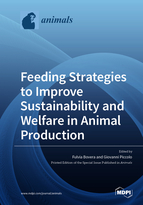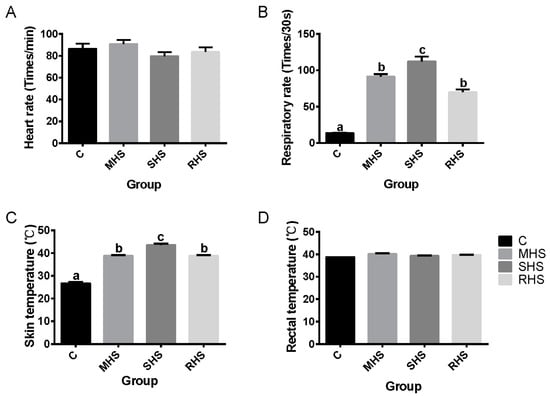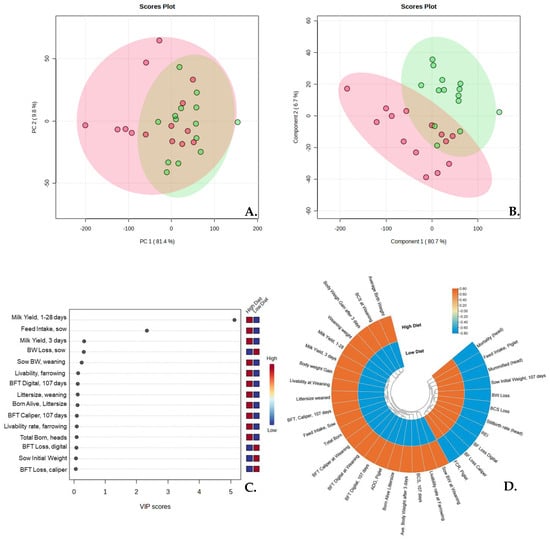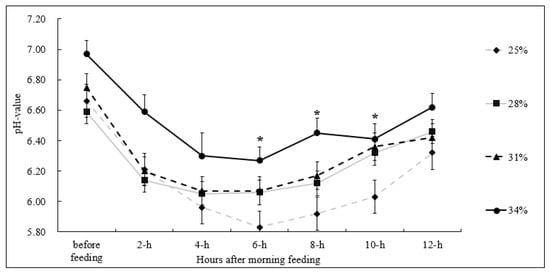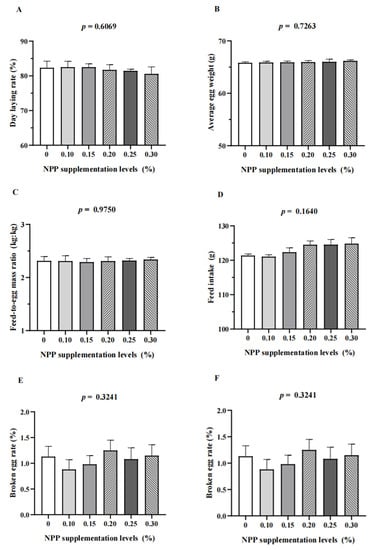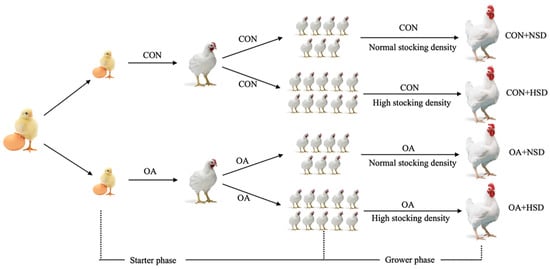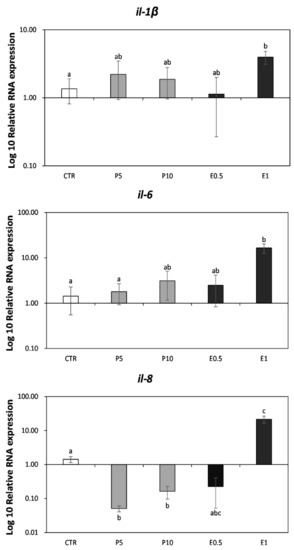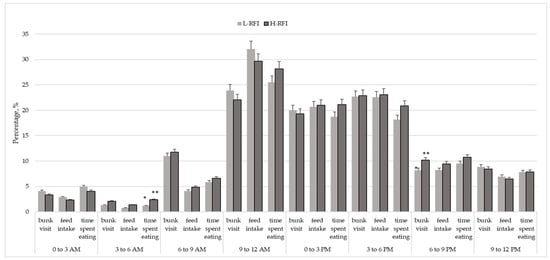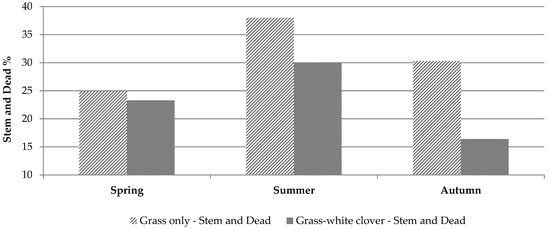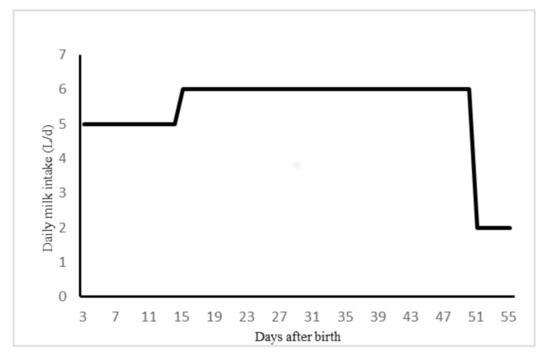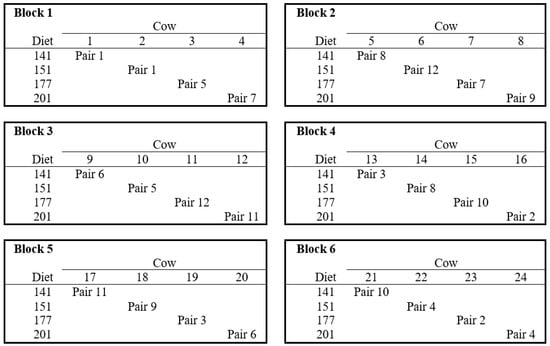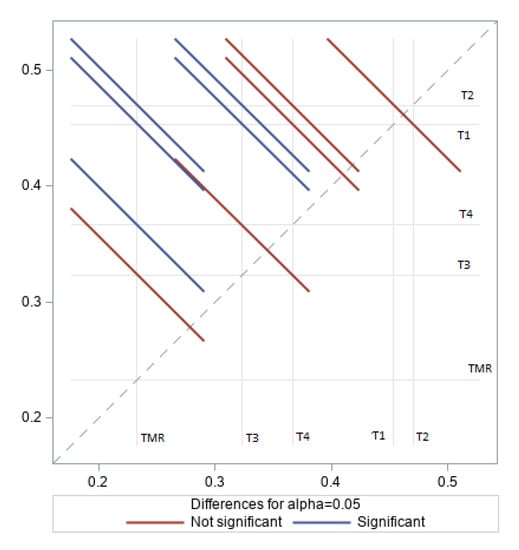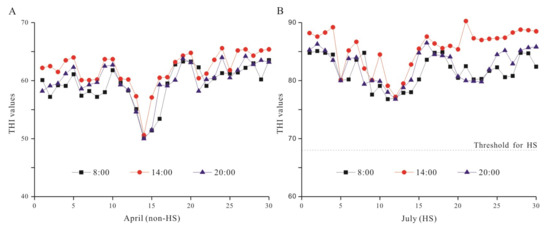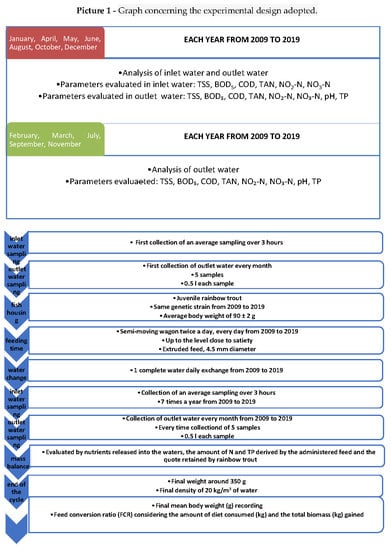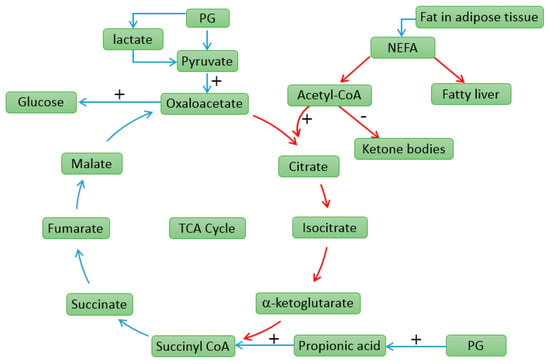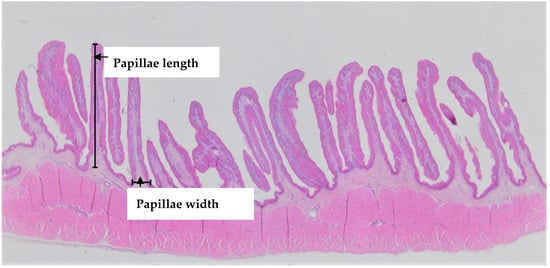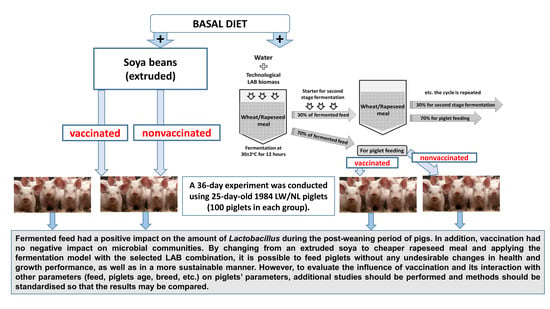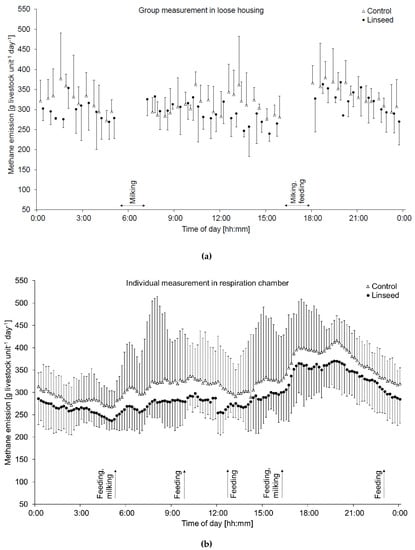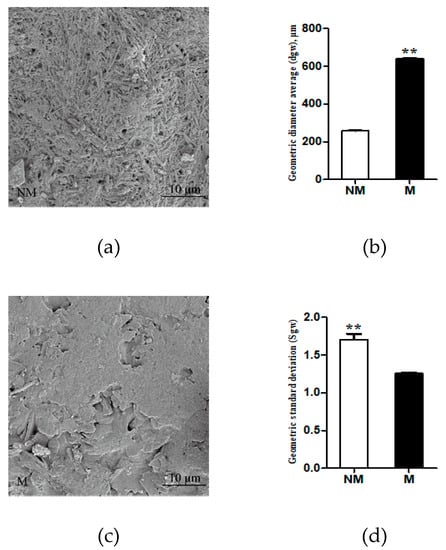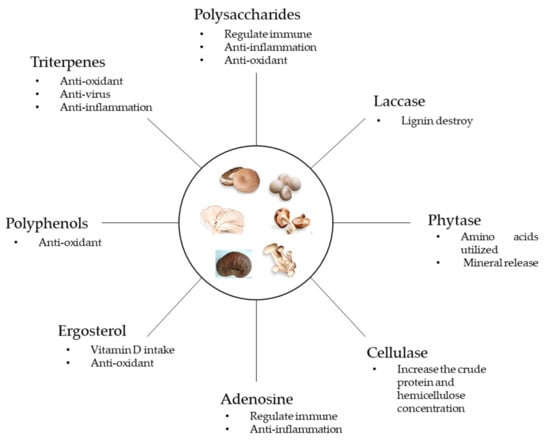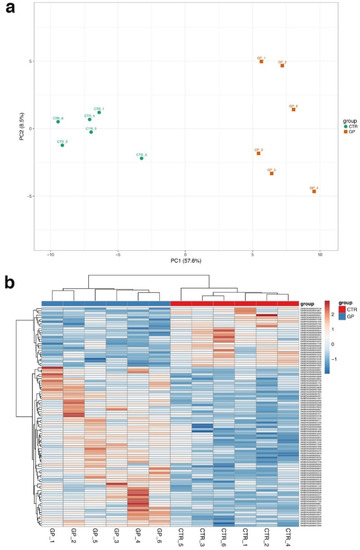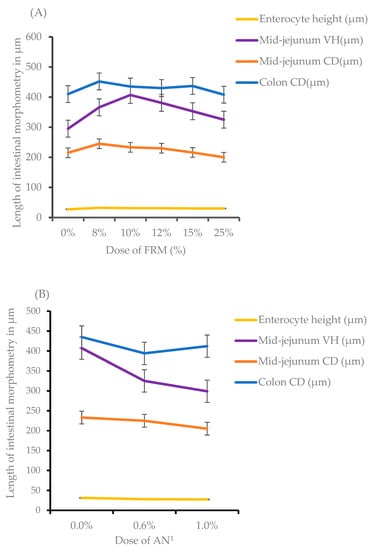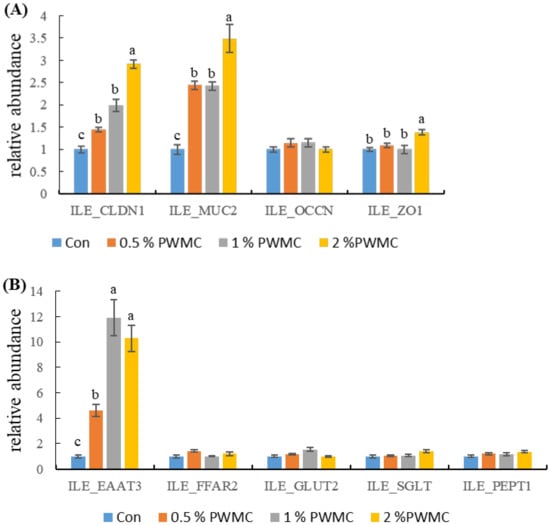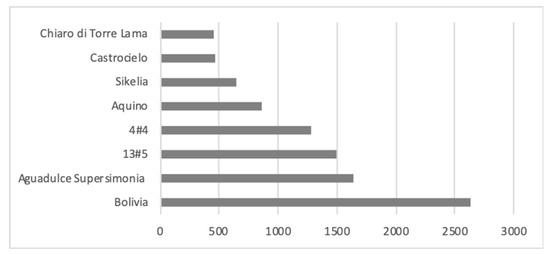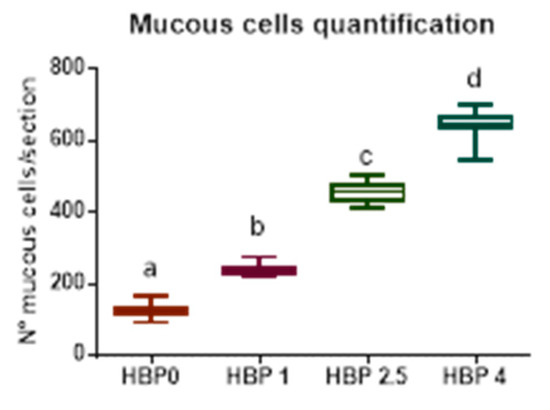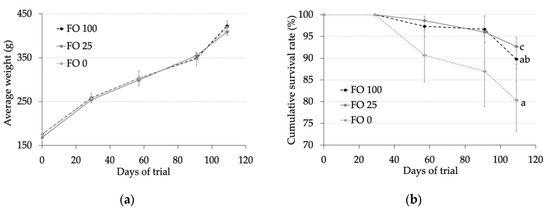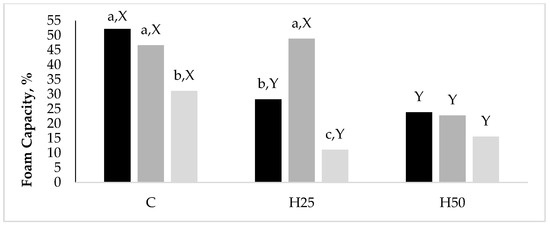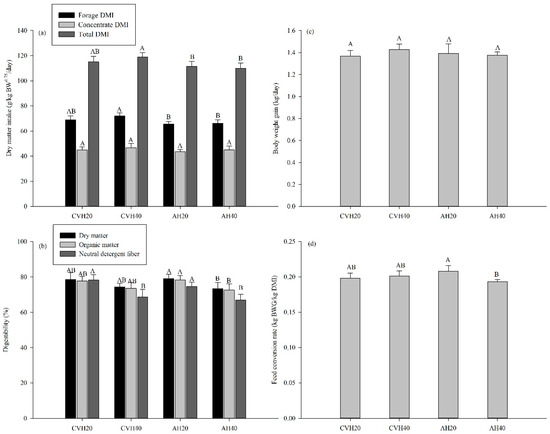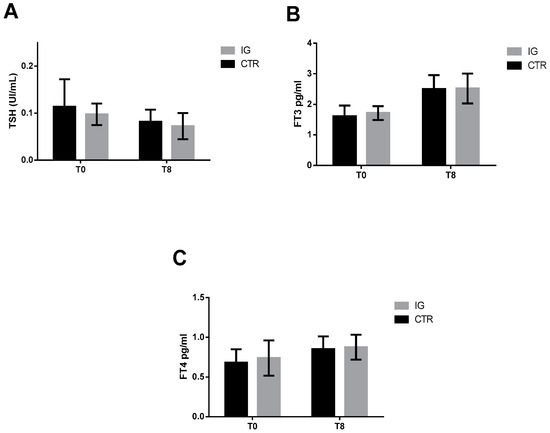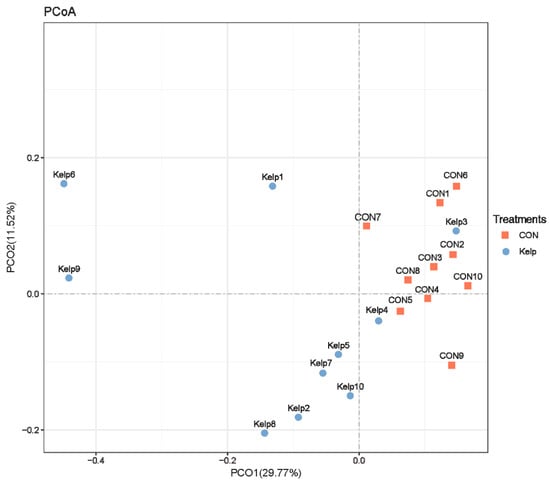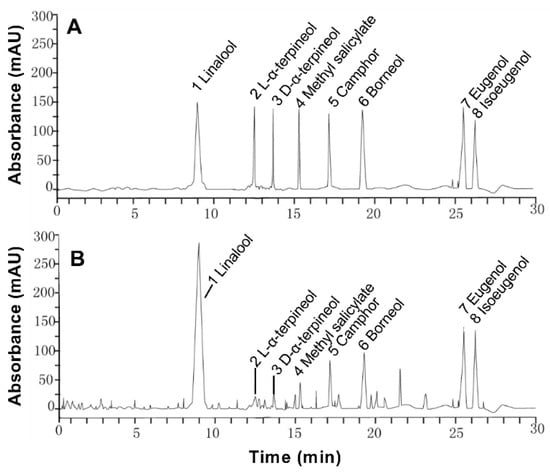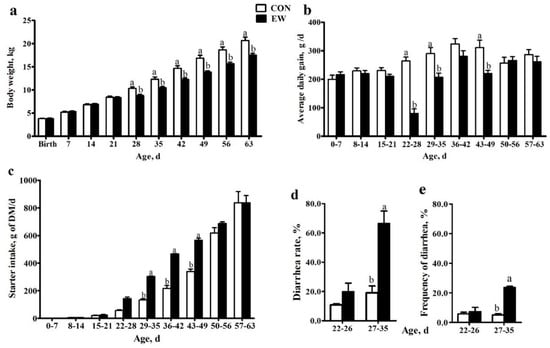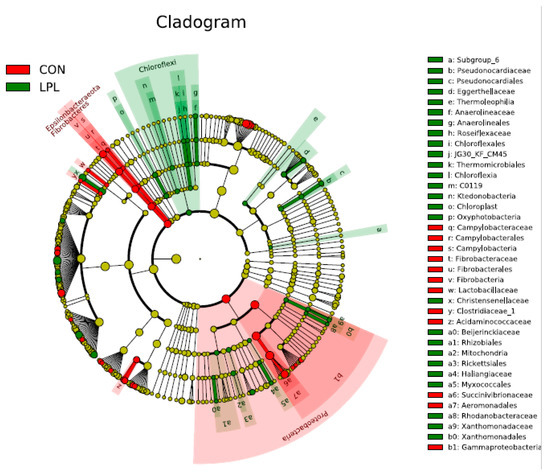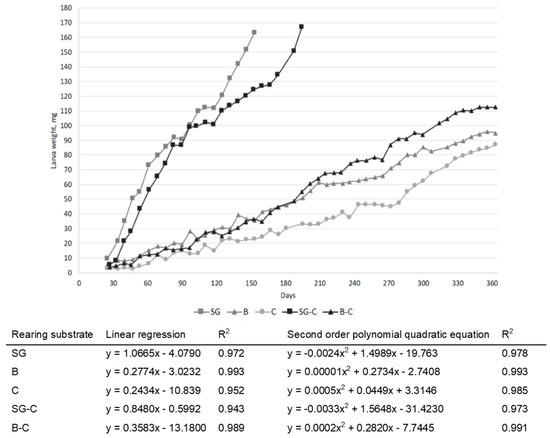Feeding Strategies to Improve Sustainability and Welfare in Animal Production
A topical collection in Animals (ISSN 2076-2615). This collection belongs to the section "Animal Nutrition".
Viewed by 187586Editors
Interests: animal nutrition; rabbit; poultry; fish; edible insect; feed evaluation; feed formulation
Special Issues, Collections and Topics in MDPI journals
Topical Collection Information
Dear Colleagues,
The most accredited FAO statistics predict that in thirty years the world's population will have reached 9 billion people. In order to satisfy the nutritional needs of humans, the demand for raw materials, especially protein sources will increase. It has been estimated that by 2050, the production of meat will increase by 50%, while the demand for fish, milk, and eggs will grow by 75%. An increase of animal products requires an increase of farmed animals and this will be accompanied by a significant intensification in livestock farming (higher animal densities and production units, more concentrated feed, pharmaceuticals, and vaccinations, etc.). A large number of animals, farmed in relatively small areas, results in the deposition of large amounts of excreta containing nitrogen, phosphorus, organic matter, and faecal microbes in the water, with a consequent contamination of water systems globally, such as surface water eutrophication and groundwater nitrate enrichment. Thus, the livestock sector is an important user of natural resources and has a great influence on the air, soil and water quality, global climate, and biodiversity maintenance. Our research can propose innovative ideas to control the environmental damage through the management of animal nutrition. At the same time, the perception of animals as sentient beings capable of feeling emotions, like joy and pain, will increase more and more in the future. Thus, it will be increasingly important to adopt nutritional strategies and breeding techniques capable of increasing animal welfare and at the same time reducing the use of pharmacological treatments in full respect of the environment, animal health and food safety.
We invite researchers to send original papers addressed to methods for improving the sustainability of animal production (i.e. ruminant, pig, poultry, fish, rabbit, etc.), taking into account animal welfare. We will appreciate it if appropriate nutritional strategies including sustainable ingredients, natural molecules and specific feeding techniques are proposed.
An additional topic includes testing the efficacy of nutritional strategies using innovative laboratory analysis and the effects of these strategies on the quality of animal products.
Prof. Fulvia Bovera
Prof. Giovanni Piccolo
Collection Editors
Manuscript Submission Information
Manuscripts should be submitted online at www.mdpi.com by registering and logging in to this website. Once you are registered, click here to go to the submission form. Manuscripts can be submitted until the deadline. All submissions that pass pre-check are peer-reviewed. Accepted papers will be published continuously in the journal (as soon as accepted) and will be listed together on the collection website. Research articles, review articles as well as short communications are invited. For planned papers, a title and short abstract (about 100 words) can be sent to the Editorial Office for announcement on this website.
Submitted manuscripts should not have been published previously, nor be under consideration for publication elsewhere (except conference proceedings papers). All manuscripts are thoroughly refereed through a single-blind peer-review process. A guide for authors and other relevant information for submission of manuscripts is available on the Instructions for Authors page. Animals is an international peer-reviewed open access semimonthly journal published by MDPI.
Please visit the Instructions for Authors page before submitting a manuscript. The Article Processing Charge (APC) for publication in this open access journal is 2400 CHF (Swiss Francs). Submitted papers should be well formatted and use good English. Authors may use MDPI's English editing service prior to publication or during author revisions.
Keywords
- Farmed animals
- Nutritional strategies
- Environmental sustainability
- Animal performance
- Animal products
Planned Papers
The below list represents only planned manuscripts. Some of these manuscripts have not been received by the Editorial Office yet. Papers submitted to MDPI journals are subject to peer-review.





